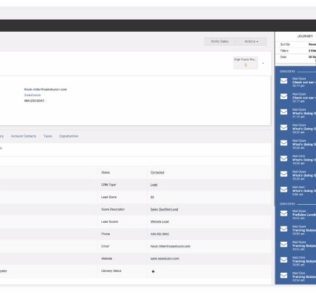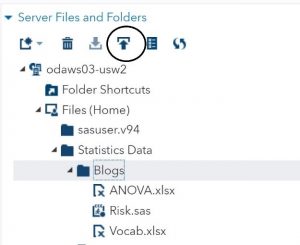
The second part of the book shows you how to write your own SAS programs, and how to use SAS procedures to perform a variety of tasks. The first part also describes how you can perform basic statistical tests using the interactive point-and-click environment. The first part of the book shows you how to perform basic tasks, such as producing a report, summarizing data, producing charts and graphs, and using the SAS Studio built-in tasks. Aimed at beginners who have downloaded the free SAS University Edition and want to either use the point-and-click interactive environment of SAS Studio, or who want to write their own SAS programs, or both, An Introduction to SAS University Edition, begins by showing you Get up and running with the SAS University Edition using Ron Cody’s easy-to-follow, step-by-step guide.Īimed at beginners who have downloaded the free SAS University Edition and want to either use the point-and-click interactive environment of SAS Studio, or who want to write their own SAS programs, or both, An Introduction to SAS University Edition, begins by showing you how to obtain the SAS University Edition, and how you can run SAS on a PC or Macintosh computer. Therefore, the servers might be unavailable for a portion of time on the third Saturday of each month.Get up and running with the SAS University Edition using Ron Cody’s easy-to-follow, step-by-step guide.

If you do, then the SAS Servers might be temporarily unavailable. If you are unable to use a SAS OnDemand for Academics software application to perform processing, make sure that you have a working Internet connection. Notices are posted on the SAS OnDemand for Academics status page.

There could be limited times when the servers are unavailable to support maintenance or upgrades.

We make best efforts to keep unexpected downtime to a minimum. The servers remotely process any submitted SAS files or projects and return the results to your local machine. Each time you start SAS OnDemand for Academics software applications, they connect to a server.


 0 kommentar(er)
0 kommentar(er)
